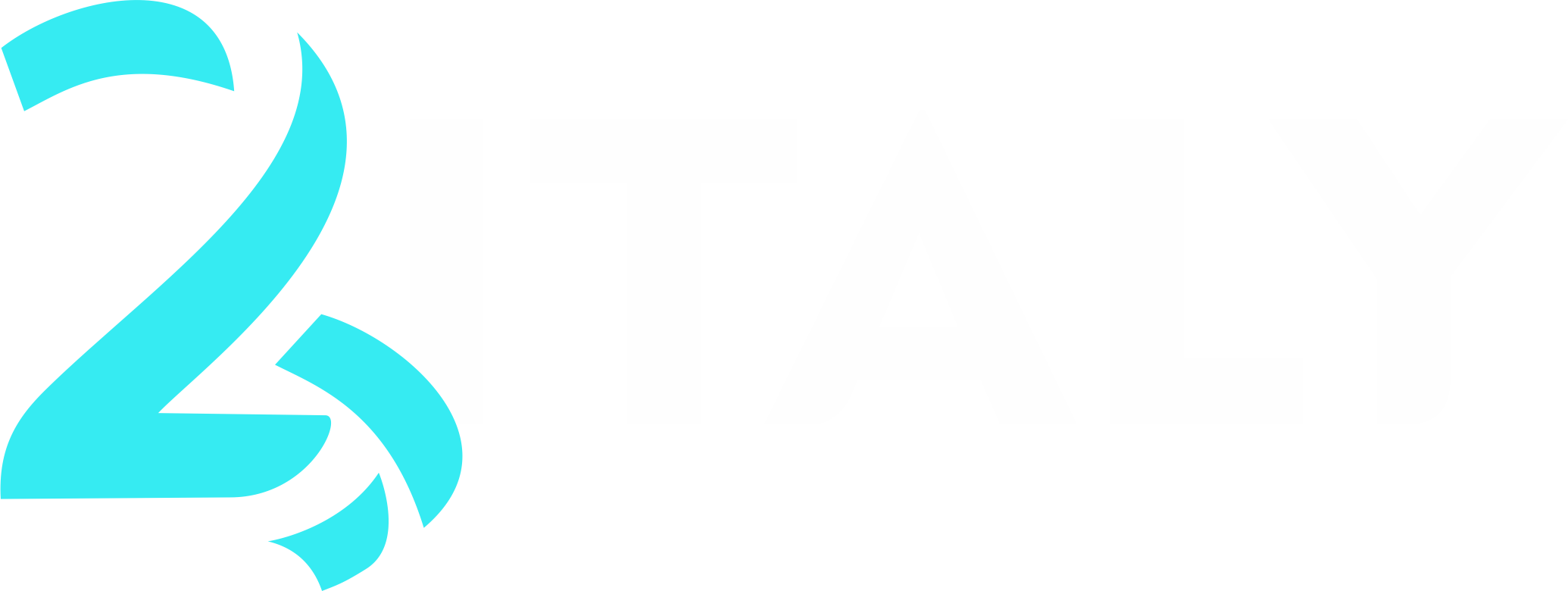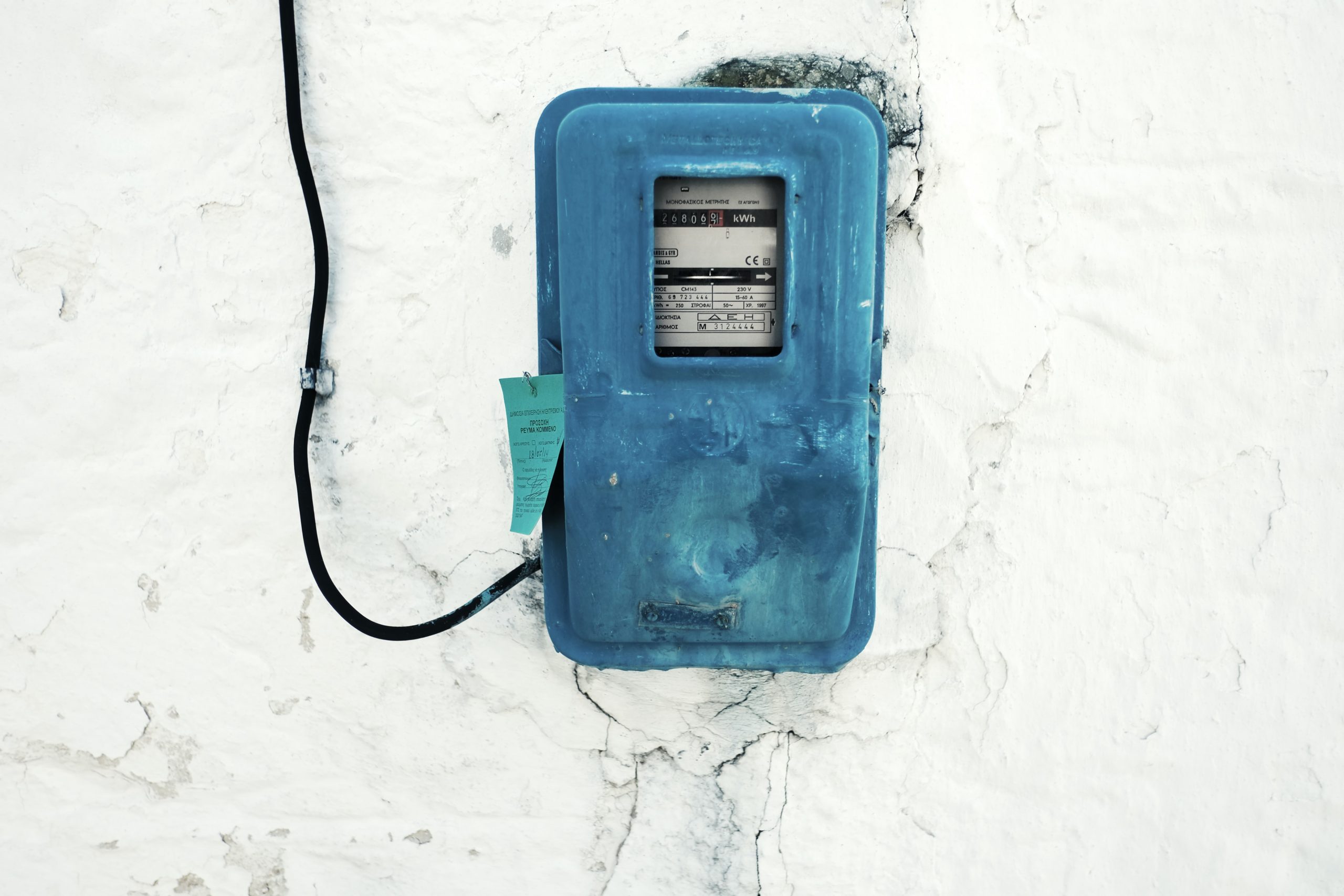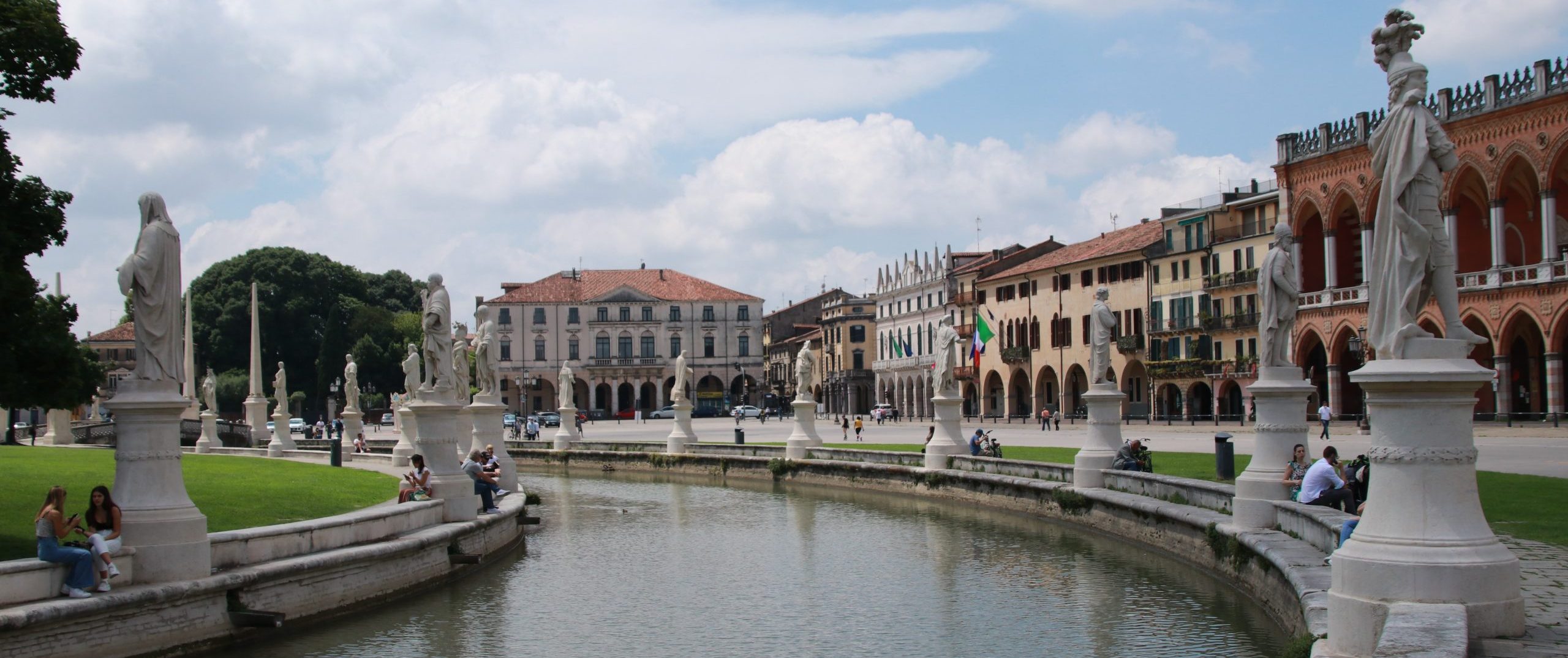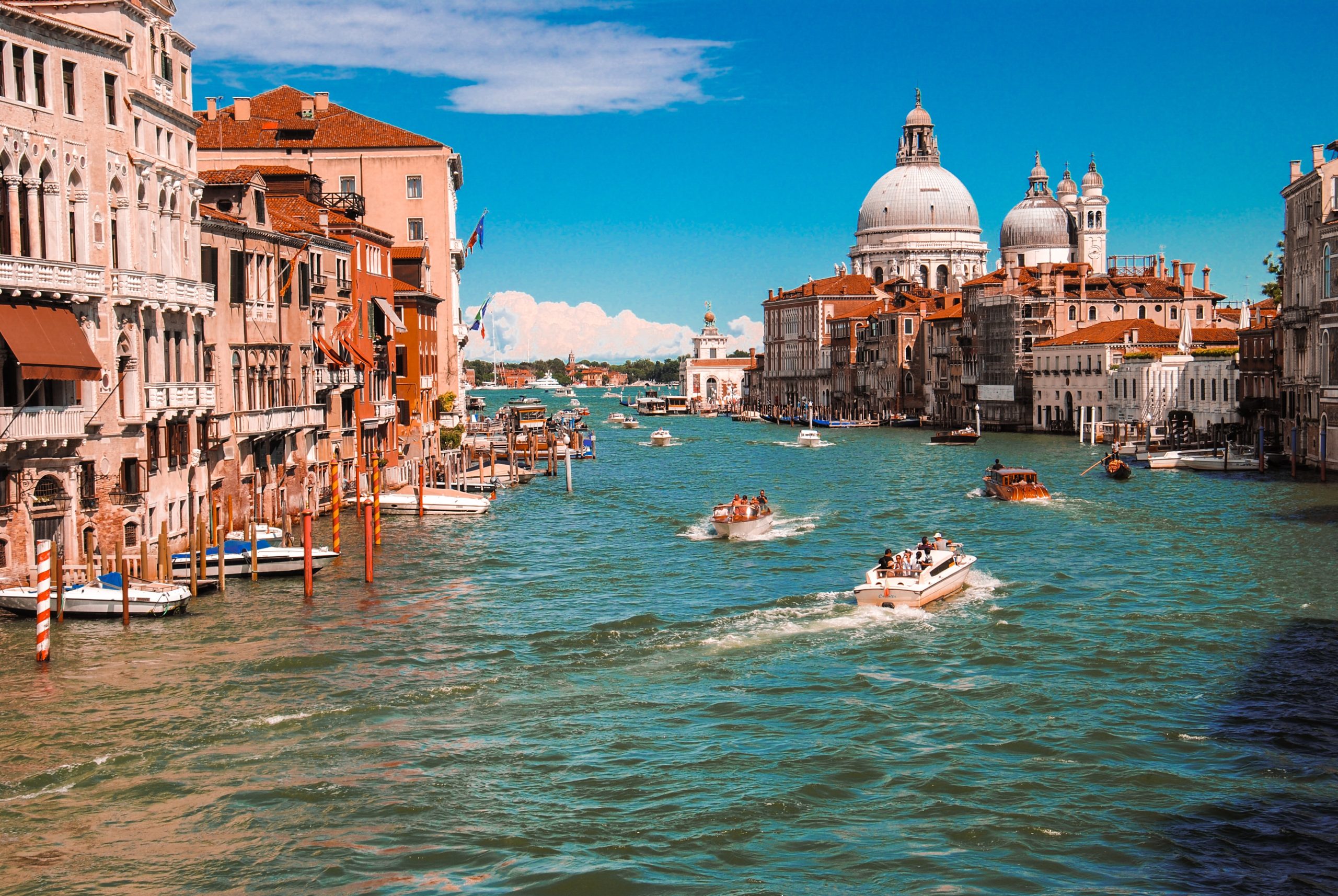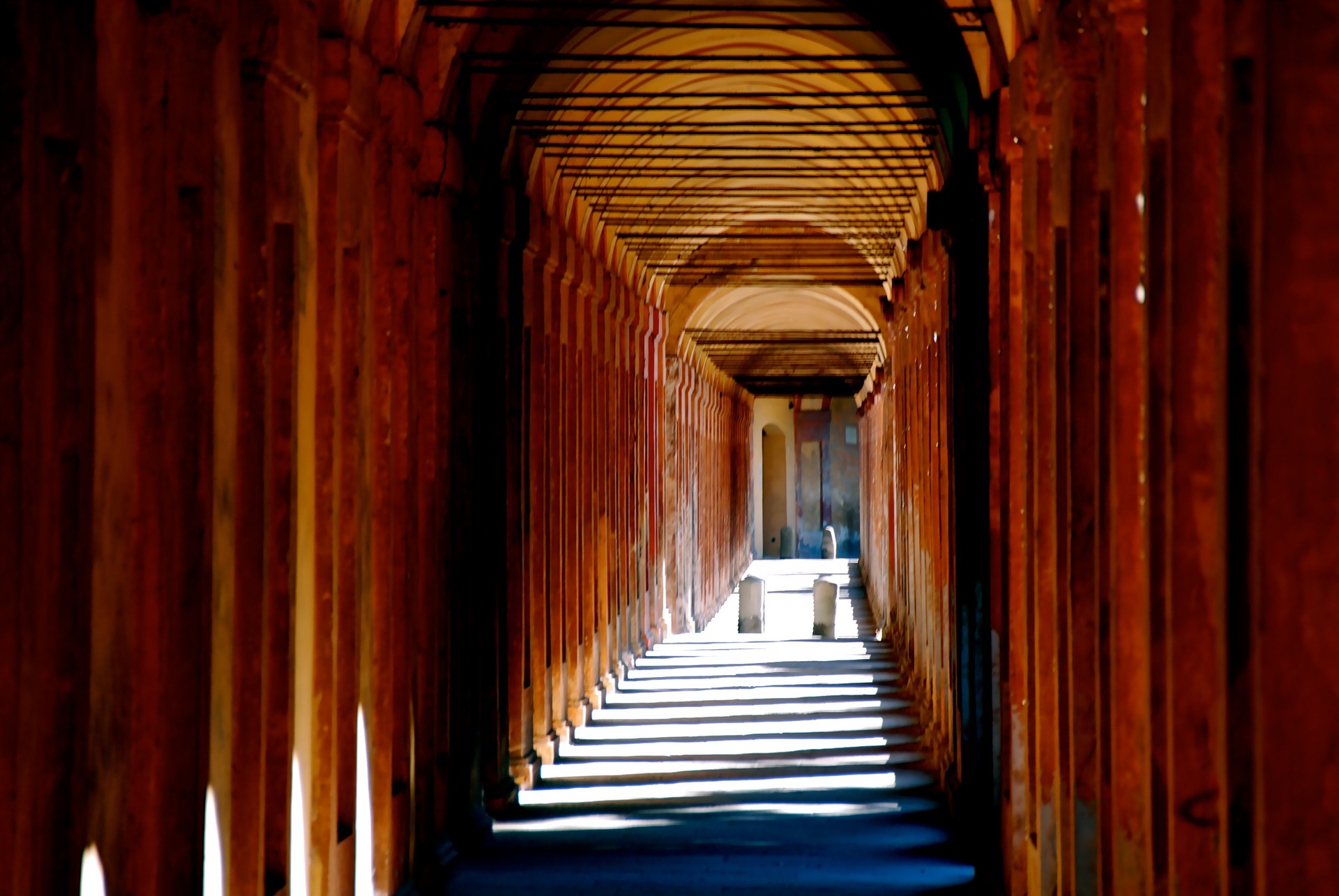Italy switched from monopoly to free market for electricity in 1999; 37 years after the creation of Enel (Energia Elettrica), the national monopoly company was subject to competition and therefore it battles with other suppliers to provide the electricity to Italian households and companies.

The standard electricity supply is 220 Volts (V), 50 Hertz (Hz). There are three associated plug types, types C, F and L. Plug type C is the plug which has two round pins, plug type F is the plug which has two round pins with two earth clips on the side and plug type L is the plug type which has three round pins.
As an expat, setting up your electricity is fundamental and it normally creates various problems when relocating to Italy. In this article, we will guide you through the process required to setup (or change) your electricity supply in your household.
Table of Contents
ToggleElectricity contract Types in Italy
The basic electricity contract in Italy is set up to provide approximately 3 to 3.2 kilowatts. It is possible to extend the power supply up to 6 kilowatts, upon filing a request to your electricity provider; note that the change will likely result in an increase of the fixed and variable payments in your monthly electricity bill.
Further power and surge protection can be installed by having an electrician fit a backup generator and a UPS (Uninterrupted Power Supply).
Electricity supply setup
Normally every house is connected with the Electricity system, however it may happen that some houses aren’t, which is normally the case if the house was inhabited for a long time or it is a brand new construction. In any of the above cases, it is first required to install the electricity meter at the premises, and this has to be done by a certified technician sent by the Utility company.
The price for the meter setup is made of three components. The first component is the distance fee, which is calculated from the point of supply to the house and it varies between € 187.26 for proximity within 200 m up to € 374.52 if the house is farther than 1,200 m from the point of supply.
The second component is the power cost, in fact there is a charge of € 70.41 per kW of energy available at your meter.
Finally, there is a fixed fee of € 25.81 to cover the administrative costs.
Once you have placed your meter at your premises, you are now given a POD (Point Of Delivery) that identifies your meter and it is a unique alphanumeric string starting with IT and it is made of either 14 or 15 characters.
Bear in mind the POD number is crucial to deal with any electricity company, whether you want to set up your new electricity line or you want to switch companies, you must know the POD. You can find the POD in the latest electricity bill delivered to your address, or you can click the upper right button in your meter, and the display will show this number.
Italian electricity contract signature
Now that you have your meter setup, you are ready to sign a contract with a utility provider (or switch your current contract). Unfortunately, the whole process is dealt in Italian and you are likely to deal with a telephone responder; note that more providers are switching to online services and you
In any case, you are required to provide the company the following information:
- Personal details (full name, date and place of birth)
- Codice Fiscale
- Amount of power required (3 KW, 4 KW or 6 KW)
- POD
- Current meter reading (lettura del contatore)
- Bank details, if payment is to be by direct debit from a bank
- Address to which the bills should be sent
- Address to which the contract should be sent
- Property cadastral information
- Title of property occupation (ownership, lease, gratuitous use etc.)
Meter-reading, bill paying and disconnection
Your electricity supplier sends out the bill (bolletta) every two months, it normally matches the meter reading for the period and at times the provider might request a meter reading to confirm the amount of electricity billed.
Every bill must include the account number, the POD, the calculation of the electricity consumed, the amount payable, and the latest payment date. Should the payment occur after the set date, the provider can charge late payment fees in the subsequent bill. Nonetheless, since almost every provider has an app to manage bills, and payments, you don’t need to receive a bill delivered to your mail but you can manage everything from the app.
Albeit the intelligent meter is a great invention, it provides the electricity company a fast way to cut your electricity if you fall behind on bills payment, however this does not happen overnight. You need first to receive first an avviso bonario which is a communication from the provider to pay the outstanding bill.
The provider will then send you a raccomandata including the diffida, and if you fail to pay, the provider can reduce your power by 15%. Failure to pay the outstanding amount within 20 days, gives the right to your provider to discontinue the supply.
It is therefore crucial to keep up with the electricity bill payments to avoid unpleasant surprises.
You can also appeal to court in case of litigation with your electricity supplier, and Associazioni del Consumatore (consumer’s protection group) can provide advice and legal support in the matter.
List of electricity suppliers in Italy
Italy has numerous electricity providers that offer their service nationwide or regionally. Among the most popular we can find:
- Enel
- Iren
- Eni
- A2A
- ACEA energia
- Edison energia
- Hera
- GDF Suez
